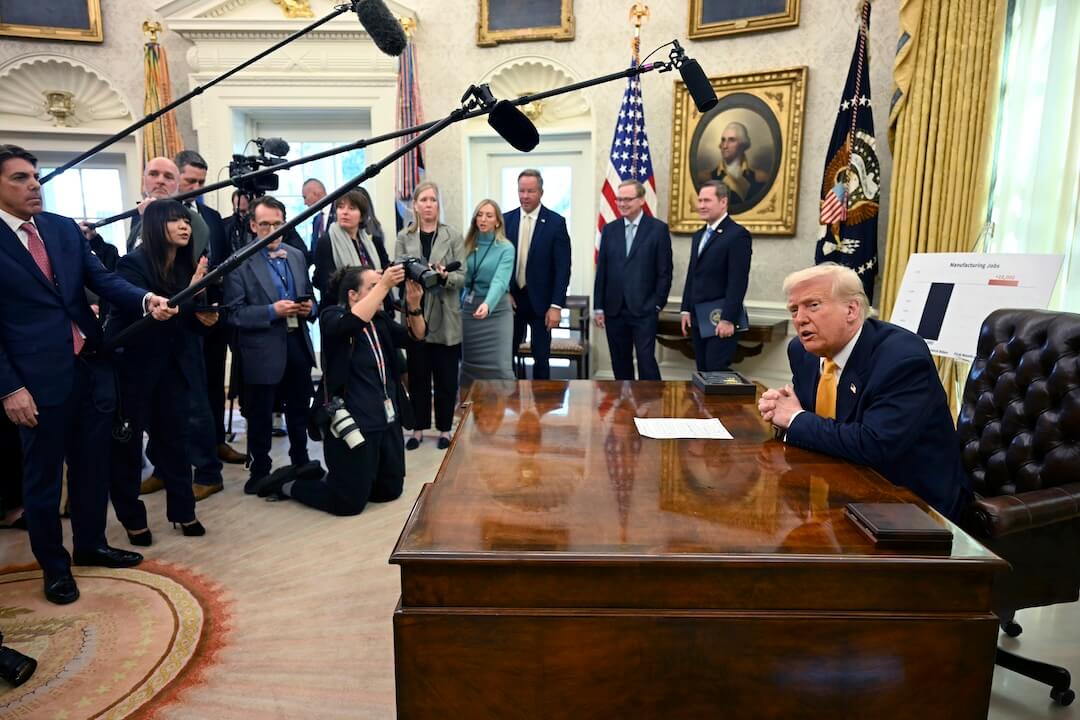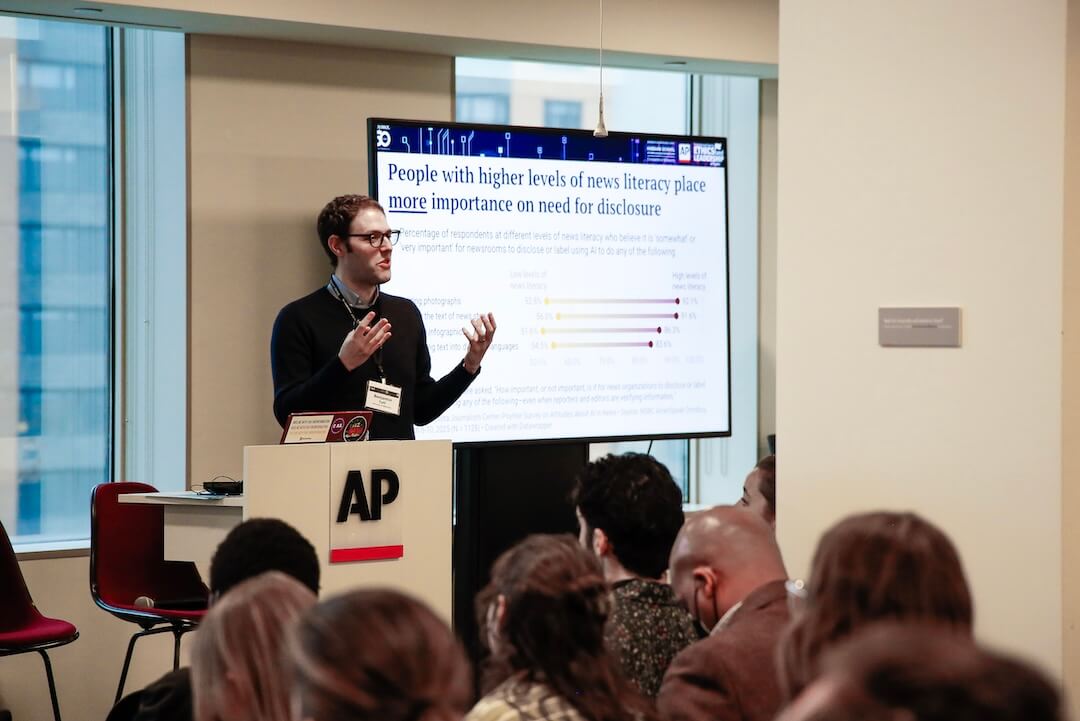Consumers won’t pay for online content. They’re less loyal to Web sites than print publications. And businesses will pay for online ads only if they produce results. Add it all up and it’s easy to see why, for instance, the reader of a print newspaper is worth so much more (maybe 100 times more) than a user of the paper’s Web site.
Is it possible to close this revenue gap? If not, newsrooms are going to keep shrinking (the most recent example being buyouts at the Dallas Morning News).
Or maybe the revenue gap isn’t really the core challenge for media in the digital age. Maybe the real problem is this: The tools to create and publish content have matured faster than the tools to manage and discover content.
What we have is an awareness gap. Every piece of content has a potential audience many times larger than the number of people who currently come across it.
Fortunately, technology offers hope that we can close the awareness gap. Feeds and feed readers are the most obvious examples. And here are some other promising signs that we can close the awareness gap:
- Google News has started indexing paid archives as well as current news. At this point, this functionality simply enhances the value of a Google News search. But I’d be surprised if the folks at Google aren’t thinking about other possibilities. For instance, displaying results for archived content alongside live news, facilitating content purchases and sharing revenue with publishers.
- Mochila, a startup, is creating a “media marketplace” designed to make it easy for publishers to find, buy and republish content from other publishers.
- Watson, a Windows-only product spawned by research in the computer science department at Northwestern University (where I teach journalism), is now publicly available through Intellext. Whatever document you are looking at (for instance, a Word document or a Web page), Watson discovers relevant Web links by constructing searches based on the content of your document.





